Destination Marketing and the ''FOOD'' element: A Market Overview
Gastronomic tourism refers to trips made to destinations where the local food and beverages are the main motivating factors for travel. It is also known as “food tourism”, “tasting tourism” or “culinary tourism”. According to the International Culinary Tourism Association, culinary tourism is defined as “the pursuit of unique and memorable eating and drinking experiences”. What this means is there is a particular audience of people who are willing to travel the world in order to sample and experience authentic international cuisines.
[caption id="attachment_1081" align="aligncenter" width="468" caption="The Greater Philadelphia Tourism Marketing Corporation ( GPTMC ) joined with the William Penn Foundation, the Delaware Valley Regional Planning Commission ( DVRPC ) and the local food community today to announce the launch of Philly Homegrown™, a $450,000 consumer education and tourism marketing program. Philly Homegrown™, accompanied by the tagline Real Local Flavor, promotes the people, places and flavors of the area’s 100-mile foodshed—from Bucks, Chester, Delaware, Montgomery and Philadelphia counties to Amish Country to the Atlantic Ocean."]
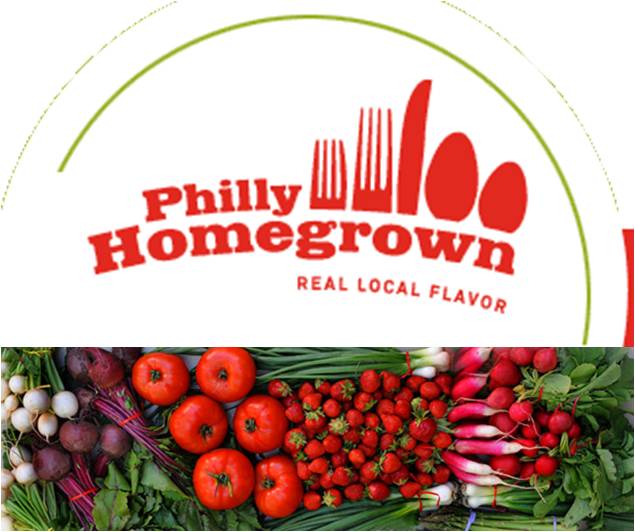 [/caption]
[/caption]
Food has an undeniable importance for holiday makers. As such, food tourism has gained an enormous potential in recent years. A high percentage of travellers, consider dining and food as relevant activities during their travels. However, the role of food in the marketing of destinations has until recently received very little attention globally and locally. All indications, though, are that local food holds much potential to enhance sustainability in tourism; contribute to the authenticity of the destination; strengthen the local economy; and provide for the environmentally friendly infrastructure. Food also holds a key place in the "think globally, act locally" debate. Some buyers are keen to support local businesses, or protect the environment by avoiding foods which have been transported long distances.
[caption id="attachment_1080" align="aligncenter" width="468" caption="California Travel & Tourism Commission and Wine Institute Launched National "Land of Wine and Food" Campaign back in 2008.The heart of the campaign focuses on the LandofWineandFood.com Web site "]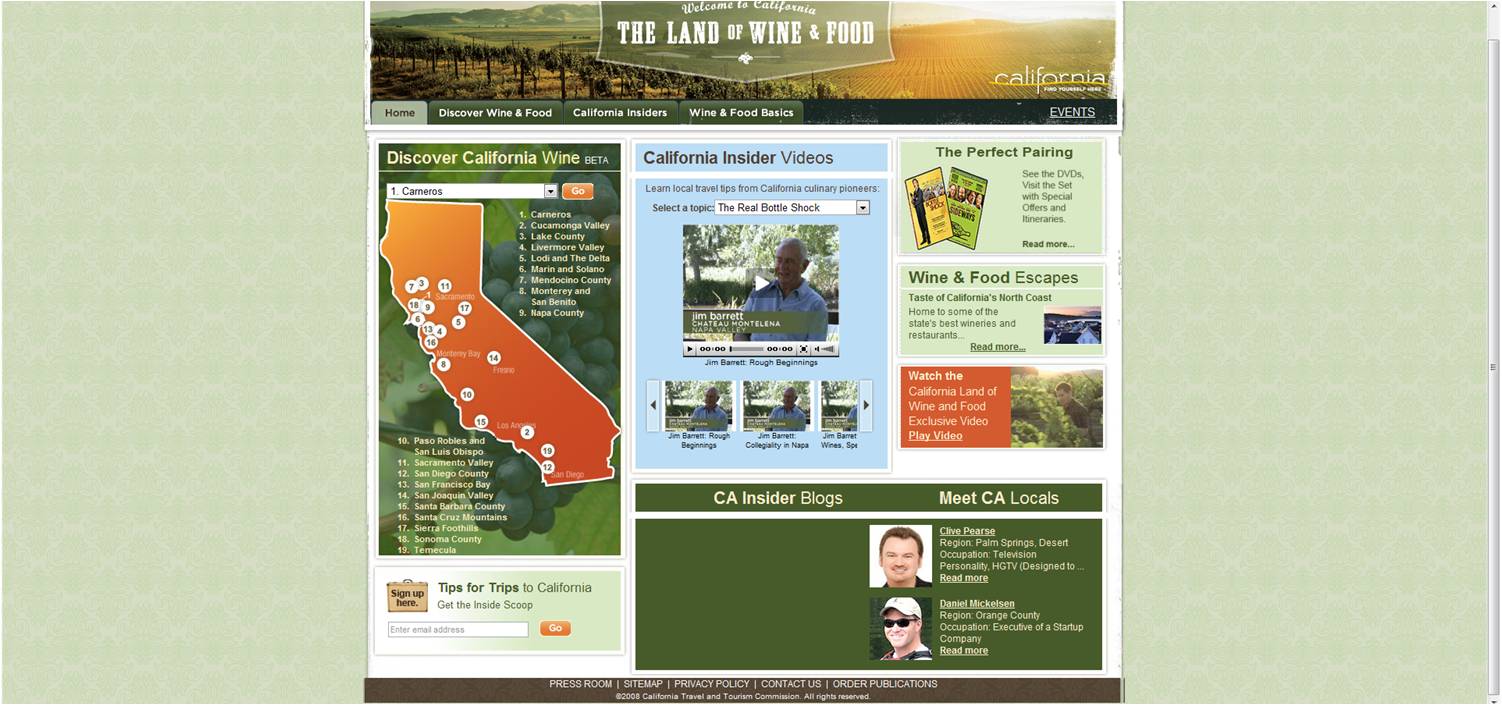 [/caption]
[/caption]
Destination marketing campaigns around the world show that there is a strong connection between tourism and gastronomy. However, there is little empirical evidence, to show for example, whether or not there is a gastronomy-tourism market segment. Or, does destination's gastronomy contribute to the tourists' quality of experiences while visiting the destination? And, do tourists return to the destination to resample its cuisine? In any case, gastronomy plays a major role in the way tourists experience the destination, and indicate that some travellers would return to the same destination to savour its unique gastronomy. To this direction more and more Destination Marketing campaigns are now focusing on the food element as a central part of its destination tourism product.
[caption id="attachment_1074" align="aligncenter" width="468" caption="Mexico embraces food tourism to bring visitors via its latest ''Aromas & Flavors'' Marketing Initiative"]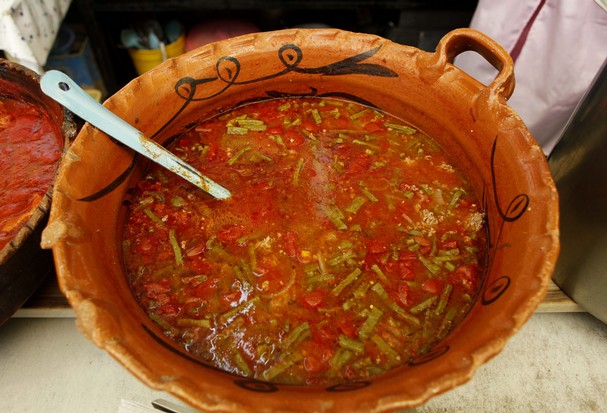 [/caption]
Facts & Stats
[/caption]
Facts & Stats
- Culinary tourism tends to be largely a domestic tourism activity, with consumers travelling to places to eat and drink specific (usually local) produce.
- A domestic survey of leisure travellers in America found that 17% engaged in culinary related activities.
- The International Culinary Tourism Association predicts that this will grow rapidly in the coming years. According to USA Today (27 Feb 2007), 27million Americans have made culinary activities part of their travels in the last three years.
- In the UK, food tourism is estimated to be worth nearly $8 billion each year. International culinary tourism is less significant than its domestic counterpart. Whilst consumers do consider food when deciding where to take a holiday, it is not usually the main consideration.
- The growth in popularity of ethnic cuisines like Thai, Indian, North African, Mexican and Chinese throughout the industrialised countries is attributable to a significant degree to tourism where visitors sample local foods and develop a taste for them.
- Food and drink festivals constitute the sole instance where the decision to travel is taken solely on the grounds of the gastronomic experiences offered. These are becoming more prevalent, in particular in Europe. Whilst this segment is growing, at present there are estimated to be no more than one million international culinary tourists travelling each year.
- Gastronomic consumers tent to be couples that have above-average income, are usually professionals and are aged 30 to 50. This correlates closely to the demographics of the cultural tourist.
- The International Culinary Tourism Association states that on average, food travellers spend around $1,200 per trip, with over one-third (36% or $425) of their travel budget going towards food-related activities. Those considered to be “deliberate” food travellers (i.e. where culinary activities are the key reason for the trip) tend to spend a significantly higher amount of their overall travel budget (around 50%) on food-related activities.
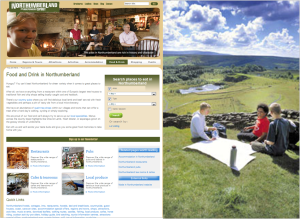 [/caption]
[/caption]
- The main source markets tend to be in Europe and North America, in particular:
- Germany
- United Kingdom
- Benelux countries (Belgium, Netherlands, Luxembourg)
- Italy
- France
- Scandinavia
- United States
- Spain
- France
- Italy
- Japan
- India
- Thailand
[caption id="attachment_1076" align="aligncenter" width="468" caption="The " Have a cracking time in South Devon" campaign will encourage visitors from across the UK to come to South Devon to enjoy one of most delicious yet undervalued great natural local resources, South Devon crab."] [/caption]
According to the Barcelona Field Studies Centre there are 5 major trends driving the food tourism revolution in destination marketing.
Trend 1: Trading up
All across world, growing affluence of the populations has a profound impact on consumer spending. Consumers spend a higher proportion of their income on prepared food, gourmet products, eating out and food items with some form of health or ethical benefits. For discretionary purchases, consumers have traded up where the product is aspiration or traded down when the product is only function.
Trend 2: Demographics and Household Change
An ageing population and changing life styles have driven demand for increased eating out and food tourism opportunities. Groups that provide growing markets for food tourism are summarised in the table below.
[/caption]
According to the Barcelona Field Studies Centre there are 5 major trends driving the food tourism revolution in destination marketing.
Trend 1: Trading up
All across world, growing affluence of the populations has a profound impact on consumer spending. Consumers spend a higher proportion of their income on prepared food, gourmet products, eating out and food items with some form of health or ethical benefits. For discretionary purchases, consumers have traded up where the product is aspiration or traded down when the product is only function.
Trend 2: Demographics and Household Change
An ageing population and changing life styles have driven demand for increased eating out and food tourism opportunities. Groups that provide growing markets for food tourism are summarised in the table below.
| Growing markets for food tourism DINKS: Double Income No Kids. SINKS: Single Income No Kids. Both Dinks and Sinks: younger people, between 25 and 35 years of age, no children, affluent. Empty Nesters: parents whose children have flown the family nest. Between 45 and 55 of age, well educated, high disposable income. Boomers: members of the baby boom generation in the 1950s. Divorcees: searching for new partners and subsequently will take prospective partners out for dinner and away for romantic weekends. |
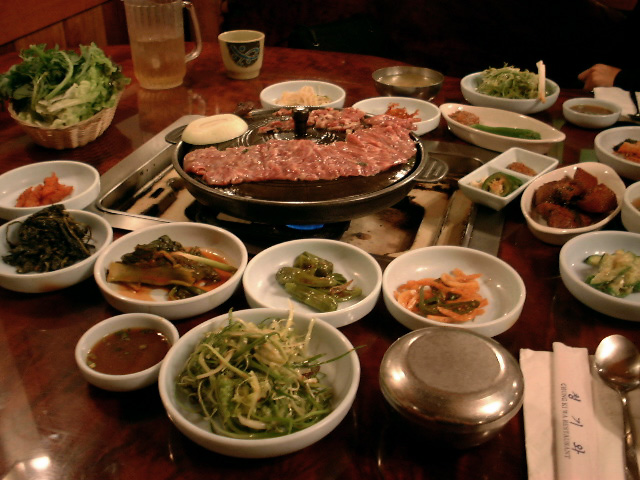 [/caption]
[/caption]
Tourism organizations (including national, state and regional tourism boards) as well and tour operators can benefit from targeted food tourism campaigns. Fine cuisine and travel go hand and hand and a targeted marketing campaign can help drive that point home to these potential travelers. Gastronomic tourism is considered a subculture of cultural tourism and certainly food is a major component of any culture. This trend can be used to encourage travelers to visit other states or even foreign countries on a quest for the best food experience in the world. As Benjamin Christie nicely points out "If a person wants the best steak they may travel to Texas, the best barbeque in Louisiana and no visit to New York city would be complete without sampling a piece of New York style pizza. Overseas, a trip to Singapore wouldn’t be complete without sampling Singapore chilli crab, butter chicken in India, chicken stay in Malaysia, peking duck in China, sushi in Japan, quesadilla in Mexico, Maori cooked hangi in New Zealand and the best pasta would require a trip to Italy, of course. The list is endless when it comes to culinary tourism''.
![]() [caption id="attachment_1077" align="aligncenter" width="468" caption="“Fabulous Food 1Malaysia’ celebrates the unique, diverse and fabulous Malaysian culinary that so aptly conveys the rich cultural tapestry of Malaysia,” "]
[caption id="attachment_1077" align="aligncenter" width="468" caption="“Fabulous Food 1Malaysia’ celebrates the unique, diverse and fabulous Malaysian culinary that so aptly conveys the rich cultural tapestry of Malaysia,” "] [/caption]
[/caption]

COMMENTS
Reviews of Gordon Ramsays Cooking For Friends « shiyan
[...] Destination Marketing and the ”FOOD” element: A Market Overview … [...]
mpsarros
Many thanks for all your comments. Great amount and quality of information. FOOD was, is and will always be the king.